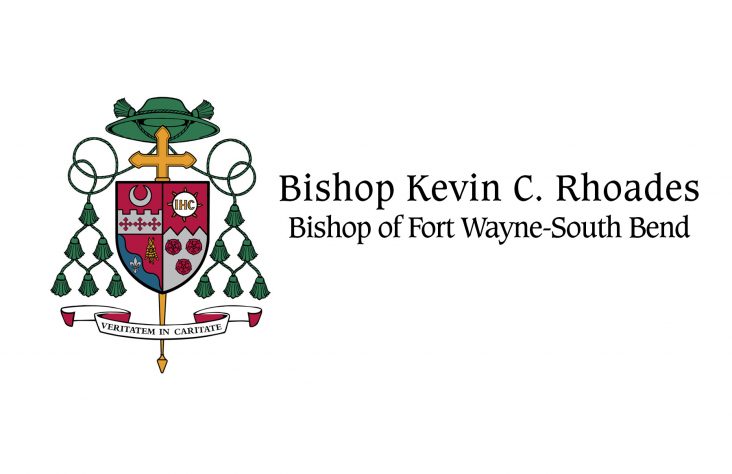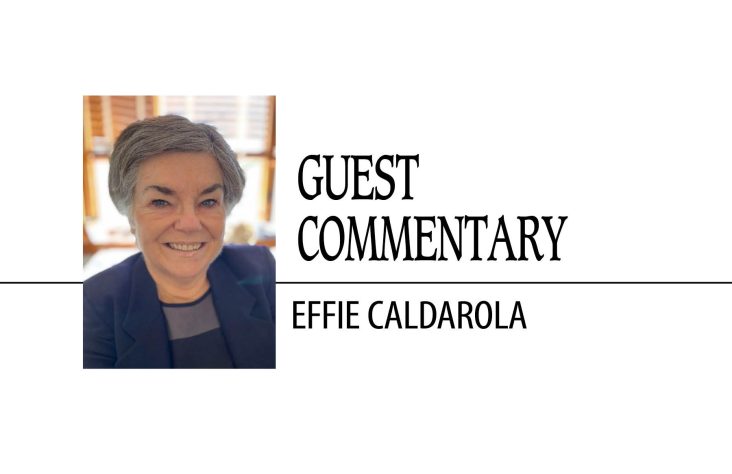March 23, 2011 // Uncategorized
St. Paul spreads Christianity to the ends of the earth
What are the sites in Rome pertaining to St. Paul?
The Acts of the Apostles in the New Testament ends with St. Paul in Rome, Italy. Jesus had commissioned the Apostles to spread the Gospel to the ends of the earth. So by reaching the headquarters and most populous city of the Roman Empire, St. Paul would really have made it in spreading Christianity.
St. Paul’s Epistle to the Romans in the New Testament says that, after visiting Rome, St. Paul planned on going to Spain. St. Clement of Rome, the fourth pope, said St. Paul went to the limits of the West, which is probably Spain. The ancient Europeans considered Spain the western end of the world, so by going to Spain, St. Paul would have literally spread Christianity to the ends of the earth.
F. Cross says that tradition shows that St. Paul was martyred about three miles from Rome on the left bank of the Tiber River in A.D. 67 during the persecution of the Roman emperor Nero. This place is called “Three Fountains” because of the legend that when St. Paul’s head bounced three times, three fountains sprang forth. St. Paul was beheaded, rather than crucified, because he was a Roman citizen. Crucifixion was considered more cruel than beheading.
St. Paul’s body was then taken to a cemetery on the ancient Ostian Way near Rome, belonging to a Christian matron Lucina, and buried on the site of the present Basilica of St. Paul Outside the Walls. The original edifice was erected by the Roman emperor Constantine, who gave Christians freedom to worship, in 324. This church was rebuilt as a large basilica in 395. This basilica was then destroyed by fire in 1823. The present church was consecrated in 1854.
There are double aisles on each side separated by 80 granite columns. Above the columns are portraits of all the popes.
There are beautiful mosaics on the triumphal arch and in the apse. Above the high altar is a Gothis tabernacle from 1285. To the right is a paschal candlestick from 1180. In the south aisle is a restored bronze door from 1070. On the south side of this church is a cloister from the 13th century which belonged to a Benedictine monastery.
The best news. Delivered to your inbox.
Subscribe to our mailing list today.





